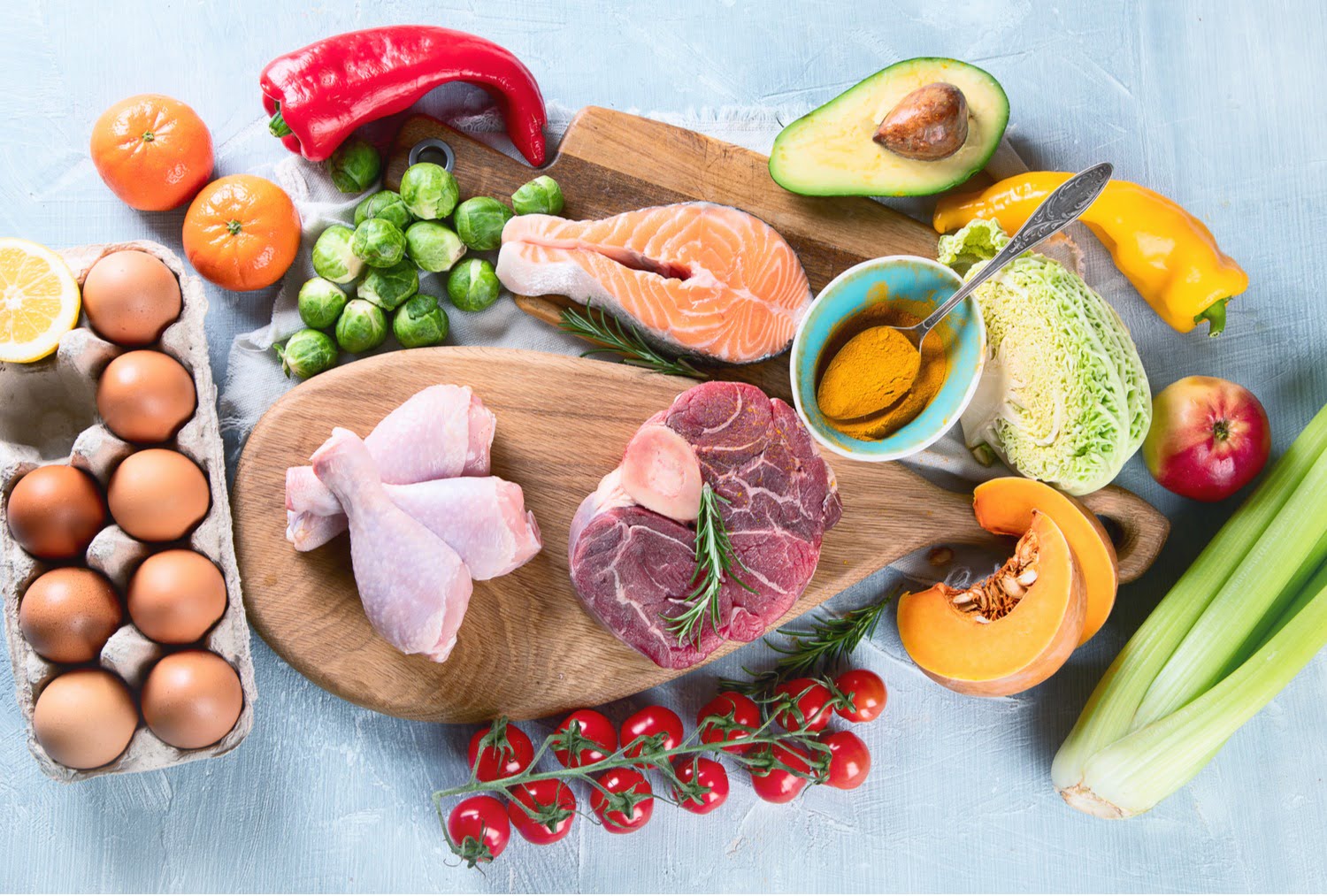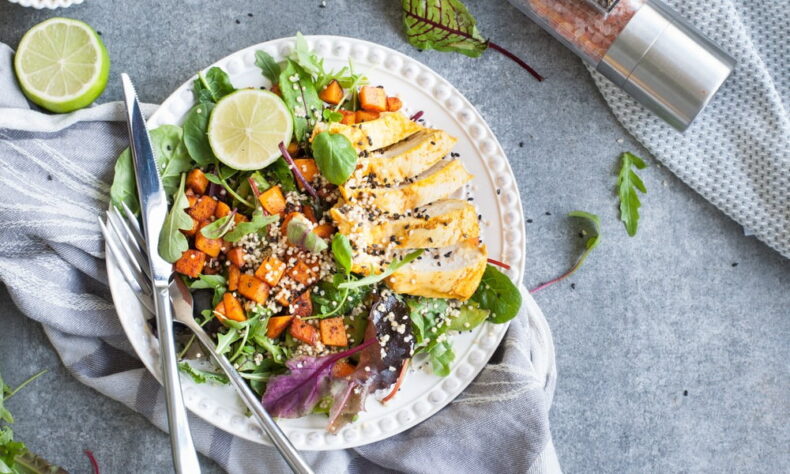What is a snackle box? A snackle box is the ultimate snack box, created in…
With so many different diets buzzing around it can be hard to stay on top of the trends. From keto to vegan, many of these diets are drastically different. Enter the Paleo diet, perhaps one of the most interesting of them all. It rose to prominence on the diet scene a few years back (fun fact: in 2014 it was the most searched diet-related term on Google). Let’s take a look at what you can eat on a Paleo Diet:
What is it?
The Paleo diet is designed to mimic what our hunter-gatherer ancestors are presumed to have eaten during the Paleolithic era thousands of years ago (2.5 million to 10,000 years, to be exact). While it’s hard to say exactly what our predecessors ate, this diet typically consists of whole foods pre-agricultural revolution. A typical paleo diet includes lean meats, fruits, vegetables, nuts, and seeds, and it avoids dairy products, legumes, grains, and prohibits processed foods.
Why?
One purpose of this diet may be to return to a simpler eating routine—one focused on whole foods and free from processed foods. Some participants have reported weight loss, decreased blood pressure, improved cholesterol, and potentially some positive effects for Type 2 diabetes (although this requires more research). Another benefit to the Paleo diet is that calorie-counting and portion control are not emphasized, and some Paleo plans follow a “cheat” non-Paleo day.
What’s on a Paleo shopping list?
According to the Harvard School of Public Health, here’s what you can and cannot eat on a Paleo diet:
Foods to include:
- Fresh lean meats
- Fish & shellfish
- Eggs
- Nuts & seeds
- Fruits & vegetables
- Olive & coconut oils
- Small amounts of honey
- Some root vegetables (like sweet potatoes) may be allowed because of their high nutrient content.
Non-paleo foods:
- Whole grains, cereals, refined grains and sugars, dairy products, beans, white potatoes, legumes (peanuts, beans, lentils), alcohol, coffee, salt, refined vegetable oils such as canola, and most processed foods in general.

Risks:
While the diet does promote whole foods, it still discourages many foods that provide nutritional benefits such as whole grains, legumes, and dairy products. Additionally, many scientists state that not enough research has been done, so there is less proof on the long-term effects of the diet. There may be risks we just aren’t aware of yet.
Final notes:
To be safe, do your research and discuss with your health practitioner as to whether this diet could work for you*. Ultimately, the best diet is the one that makes you feel best. What works for one person might not work for another.
What are your thoughts on the Paleo diet? Any tips, tricks, or suggestions? Let us know in the comments below!
*Note: we are not doctors, dietitians, or professional health experts. Please consult your health practitioner before adhering to any specific diet.






